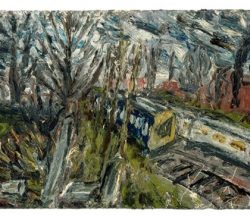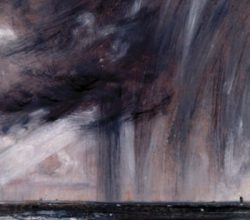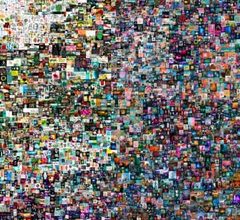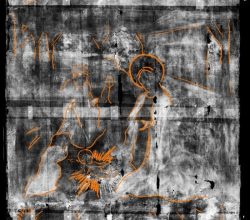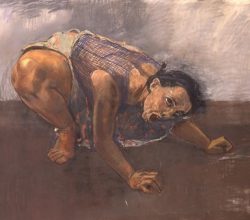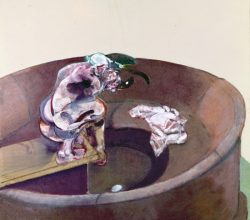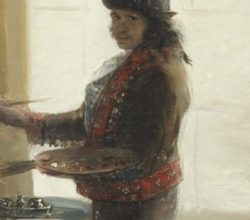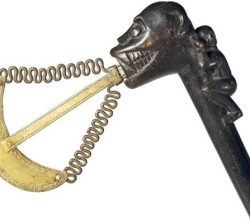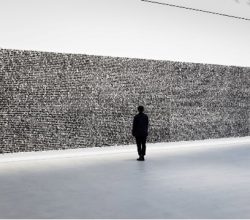
Inside Glenn Ligon’s Groundbreaking Solo Show at Hauser & Wirth
Judd Tully | Avenue | 2nd November 2021
Ligon enjoys “Olympian” status among contemporary American artists. Stenciled text paintings have, for decades, been his calling card. They carry overt political content – the erasure of African Americans in their society. But they are more, cleverly illustrating the slipperiness of language and the “tug-of-war between pure abstraction and dusty figuration”. A new show features more ambiguous text works. Don’t ask Ligon for an explanation, though – his job, he says, is just to ask “good questions”.


